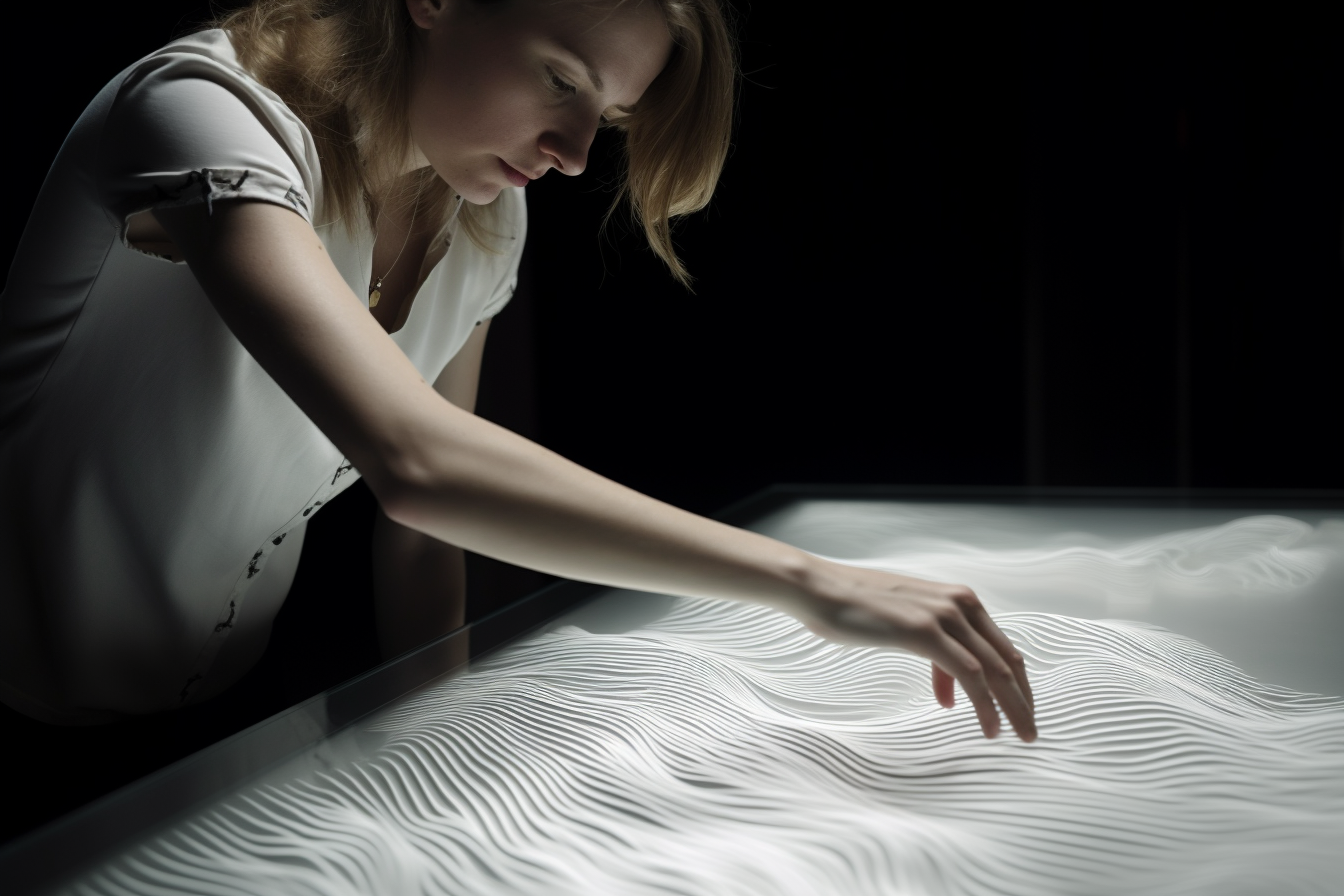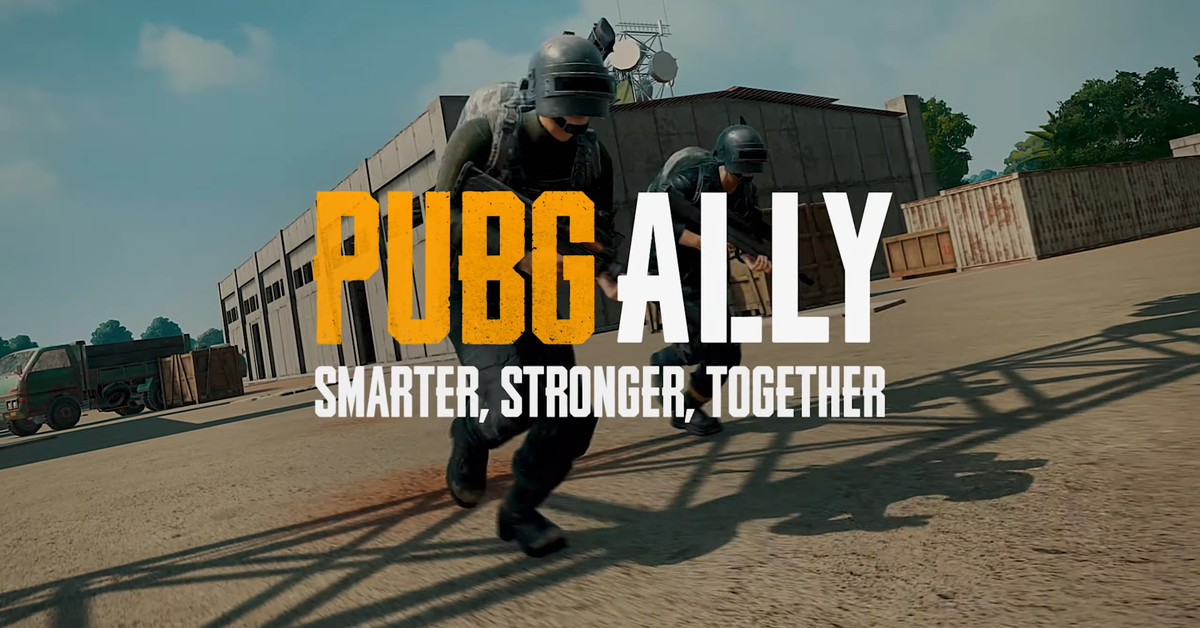The article discusses the exciting field of visual-tactile synthesis, which combines computer vision and haptic rendering to create immersive experiences that engage multiple senses. The technology has the potential to revolutionize various applications, including online shopping, virtual reality, telepresence, and accessibility for individuals with disabilities.
Key Points:
- Visual-Tactile Synthesis: This technology generates realistic visual and tactile images based on user input, allowing users to "touch" and explore digital content in a more intuitive way.
- Applications: Visual-tactile synthesis can be applied to various fields, including online shopping, virtual reality (VR) and augmented reality (AR), telepresence, accessibility for individuals with disabilities, and art and design.
- Current Limitations: The technology faces challenges in generalizing to user sketches with highly distinctive patterns, rendering softness, and integrating with other sensory modalities.
- Future Directions: Researchers should focus on developing techniques that can better adapt to a wider range of input sketches, enhance the rendering of 3D objects and surface normals, address the limitation of rendering softness, and explore integration with other sensory modalities.
Resources for Further Learning:
- Ruihan Gao, Wenzhen Yuan, Jun-Yan Zhu: Synthesizing Visual and Tactile Images from Text and Sketch Prompts
- GelSight: High-Resolution Robot Tactile Sensors
- OpenAI’s DALL-E: Creating Images from Text
- TanvasTouch: Surface Haptic Technology
- Generative Adversarial Networks (GANs): A Comprehensive Overview
By exploring these resources and addressing the current limitations of visual-tactile synthesis, researchers can create more robust, versatile, and user-friendly systems that push the boundaries of digital interaction.



